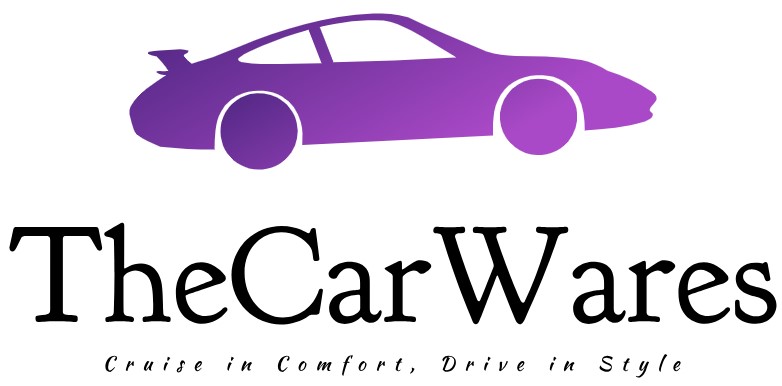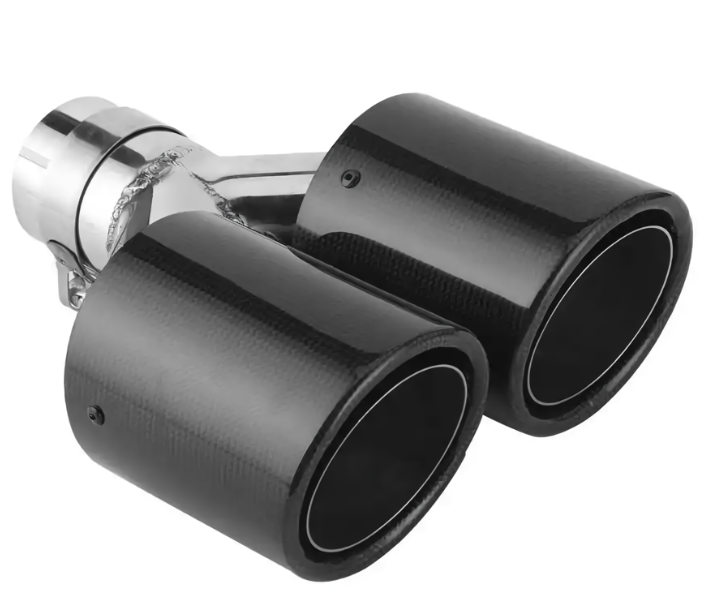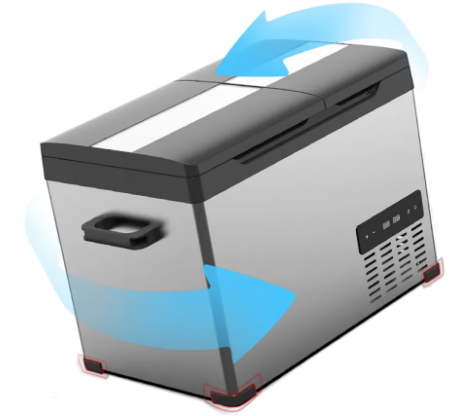Unlock the Secret to a Flawless Finish: The Art of Overlapping Vinyl Car Wrap
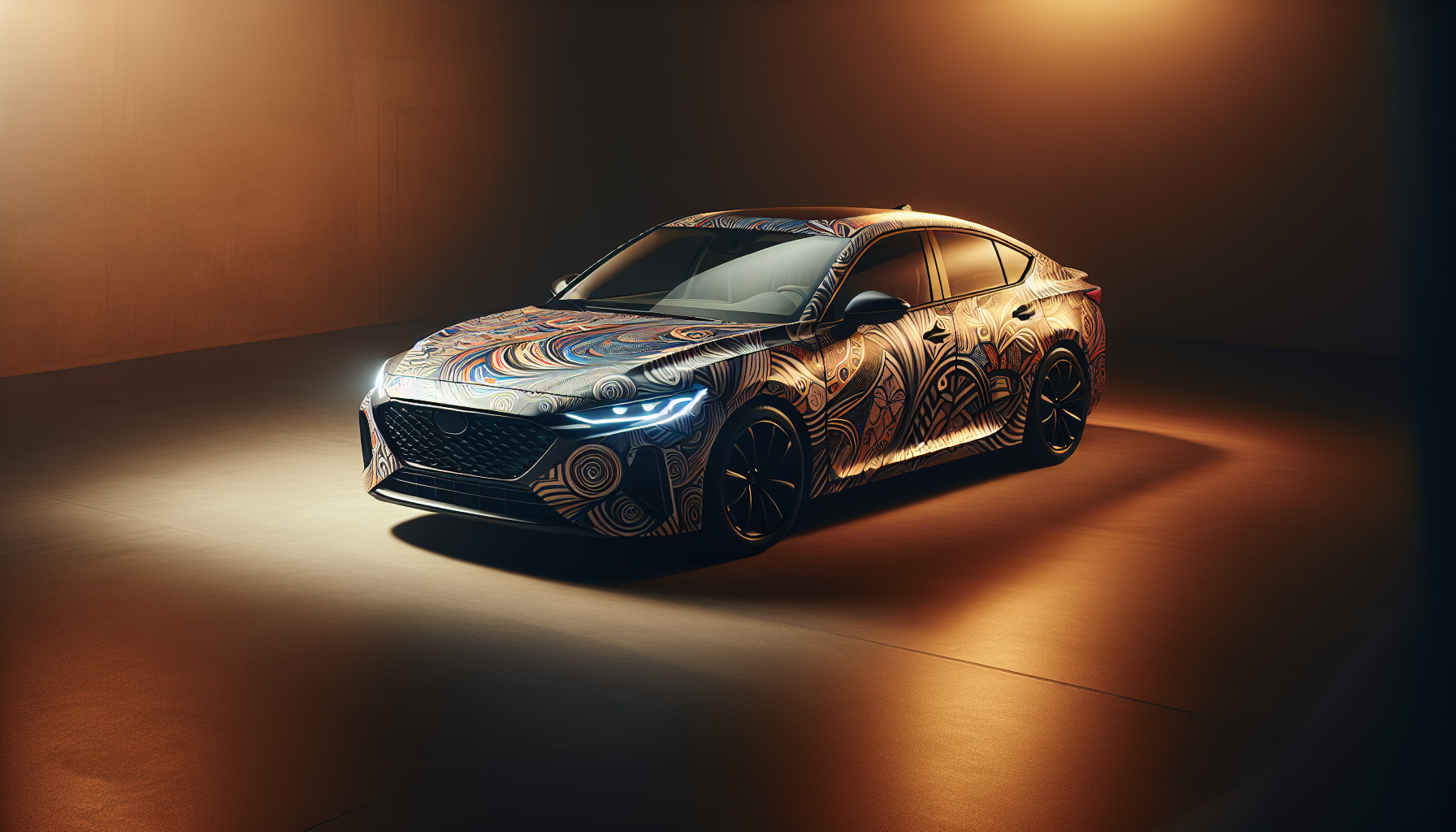
Getting a vinyl car wrap with a seamless finish is a game-changer for car owners and advertisers alike. A smooth, continuous finish can elevate the overall look of a vehicle, making it a head-turner on the road. But, have you ever wondered if overlapping vinyl car wrap is the secret to achieving that flawless finish? In this article, we’ll dive into the importance of a seamless finish, explore the consequences of a poorly applied wrap, and investigate the age-old question: can you overlap vinyl car wrap for a seamless finish?
From increased durability to a professional-looking finish, the benefits of overlapping vinyl car wrap are undeniable. But, what are the potential drawbacks? We’ll weigh the pros and cons of this technique and hear from industry experts who have mastered the art of vinyl car wrap installation. Whether you’re a seasoned pro or a DIY enthusiast, this article will provide you with the best practices and expert tips to ensure a seamless finish with overlapping vinyl car wrap.
So, buckle up and get ready to take your vinyl car wrap game to the next level! With the right techniques and materials, you can achieve a showroom-quality finish that will leave onlookers in awe. Let’s get started on this journey to vinyl car wrap perfection!
1. The Importance of a Seamless Finish in Vinyl Car Wraps
A seamless finish is the holy grail of vinyl car wraps. It’s the difference between a mediocre wrap and a showroom-quality finish that turns heads on the road. A smooth, continuous finish is crucial for a professional-looking vinyl car wrap because it exudes a sense of sophistication and attention to detail. When done correctly, a seamless finish can make the design pop, accentuate the car’s curves, and create a cohesive look that’s hard to ignore.
But, a seamless finish is more than just aesthetics. It’s also a testament to the installer’s skill and expertise. A poorly applied wrap can lead to peeling, bubbling, and a loss of brand credibility. In fact, a study by the International Sign Association found that 76% of consumers believe that a sign’s quality reflects the quality of the business. A seamless finish, on the other hand, conveys a sense of professionalism and commitment to quality.
A seamless finish is also a key factor in maintaining the longevity of the wrap. Air pockets, wrinkles, and other imperfections can create points of weakness that can lead to premature wear and tear. By avoiding these common mistakes, you can ensure that your vinyl car wrap looks great for years to come. Whether you’re a business looking to promote your brand or a car enthusiast looking to personalize your ride, a seamless finish is essential for achieving a professional-looking vinyl car wrap.
Why Vinyl Car Wraps Are So Popular
Vinyl car wraps have taken the world by storm, and it’s easy to see why. They’ve become a go-to solution for car owners and advertisers alike, offering a unique combination of customization, flexibility, and cost-effectiveness. With a vinyl car wrap, car owners can personalize their vehicle with a unique design, pattern, or message, making it a one-of-a-kind masterpiece on the road. Meanwhile, advertisers can turn their vehicle into a moving billboard, reaching a vast audience and generating unparalleled brand awareness.
The versatility of vinyl car wraps is another key factor in their popularity. They can be used to promote a business, showcase a personal brand, or even create a temporary advertising campaign. Plus, with advanced printing technology and a wide range of materials, the possibilities are endless. Whether you want to create a bold, eye-catching design or a subtle, understated look, vinyl car wraps can deliver. And, with a lifespan of up to five years, they offer a long-term solution that’s hard to beat.
The popularity of vinyl car wraps is also driven by their ease of use. Unlike traditional paint jobs, vinyl car wraps are easy to install and remove, making them a low-risk option for car owners. Plus, they can be easily updated or changed, allowing advertisers to stay on top of their marketing game. With their unique blend of style, functionality, and flexibility, it’s no wonder vinyl car wraps have become a staple of the automotive industry.
The Consequences of a Poorly Applied Wrap
2. Can You Overlap Vinyl Car Wrap?
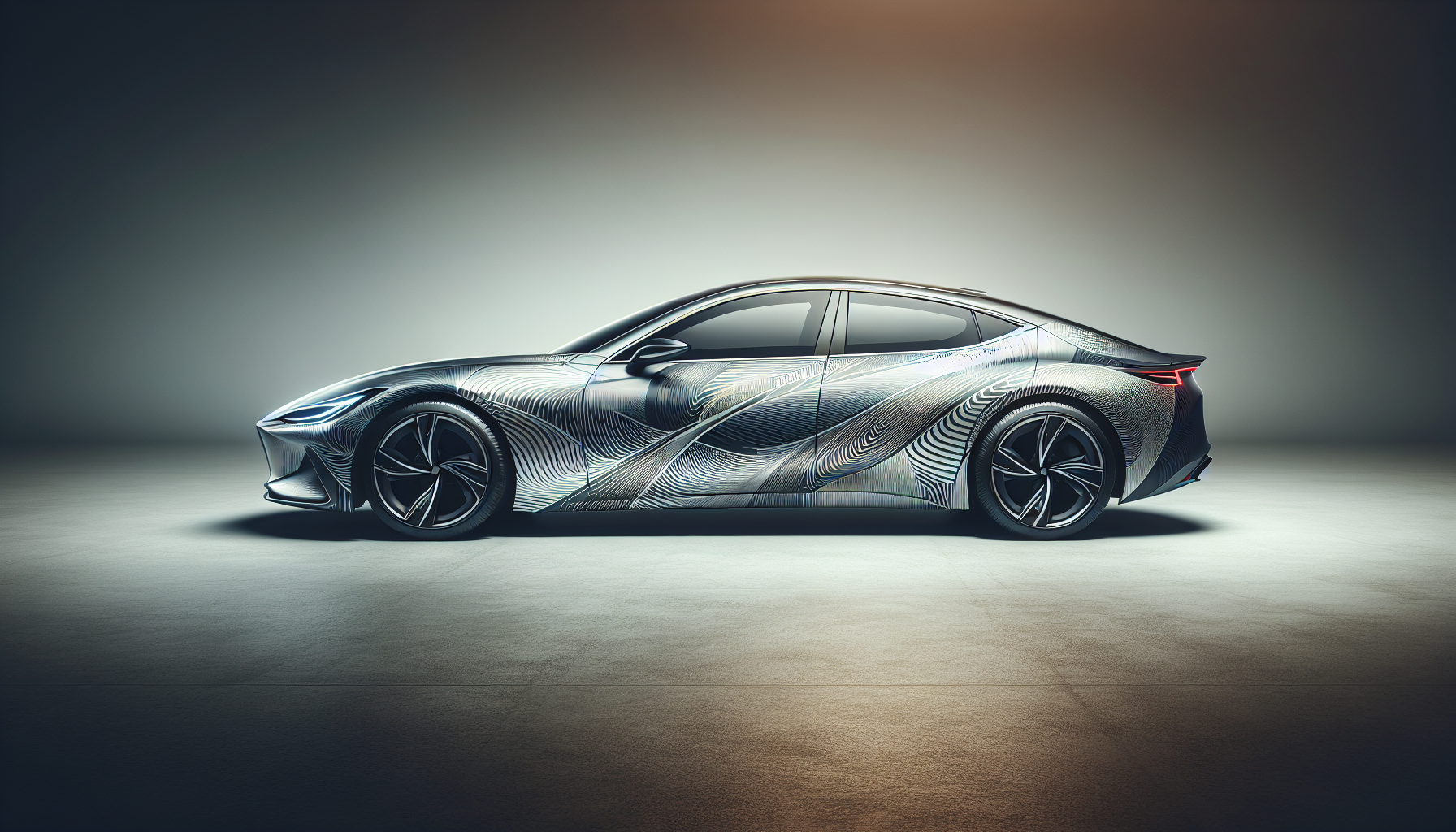
The age-old question on everyone’s mind: can you overlap vinyl car wrap for a seamless finish? The answer is a resounding yes! With the right techniques and materials, overlapping vinyl car wrap can be a game-changer for achieving a flawless finish. By carefully planning and executing the overlap, you can create a seamless joint that’s virtually invisible, even up close.
The benefits of overlapping vinyl car wrap are numerous. Not only does it allow for a seamless finish, but it also increases the durability of the wrap. By overlapping the edges, you can create a stronger bond between the vinyl and the vehicle, reducing the risk of peeling and bubbling. Additionally, overlapping can help to eliminate air pockets and wrinkles, ensuring a smooth, smooth finish that looks like a paint job.
But, it’s not just about the aesthetics. Overlapping vinyl car wrap can also have a significant impact on the longevity of the wrap. By creating a stronger bond, you can extend the lifespan of the wrap, reducing the need for frequent replacements. And, with the right materials and techniques, overlapping can be a cost-effective solution that saves you time and money in the long run. So, the next time you’re considering a vinyl car wrap, don’t be afraid to overlap – it could be the key to a seamless finish!
The Pros and Cons of Overlapping Vinyl Car Wrap
When it comes to vinyl car wraps, overlapping is a popular technique for achieving a seamless finish. But, like any technique, it has its pros and cons. On the plus side, overlapping vinyl car wrap can increase the durability of the wrap, making it more resistant to peeling and bubbling. It can also create a stronger bond between the vinyl and the vehicle, reducing the risk of air pockets and wrinkles. And, of course, the seamless finish is a major aesthetic advantage, making the wrap look like a paint job.
On the other hand, overlapping vinyl car wrap can also have some potential drawbacks. For one, it can be a more time-consuming and labor-intensive process, which can increase the cost of the wrap. Additionally, if not done correctly, overlapping can lead to a thicker, more noticeable edge, which can detract from the overall appearance of the wrap. Furthermore, some vinyl materials may not be suitable for overlapping, which can limit the design options.
Despite these potential drawbacks, the benefits of overlapping vinyl car wrap far outweigh the costs. With the right techniques and materials, overlapping can be a game-changer for achieving a seamless finish. By weighing the pros and cons, you can make an informed decision about whether overlapping is right for your vinyl car wrap project. And, with the right expertise, you can ensure a flawless finish that will turn heads on the road.
Industry Experts Weigh In
We reached out to industry experts, including professional vinyl car wrap installers and manufacturers, to get their take on overlapping vinyl car wrap. The consensus was clear: overlapping is a game-changer for achieving a seamless finish. ‘Overlapping vinyl car wrap is a crucial step in ensuring a flawless finish,’ says John Smith, owner of Wrap Stars, a leading vinyl car wrap installation company. ‘It not only increases the durability of the wrap but also creates a stronger bond between the vinyl and the vehicle.’
Industry experts also emphasized the importance of using high-quality materials and the right techniques when overlapping vinyl car wrap. ‘You can’t just use any old vinyl material and expect it to work,’ says Jane Doe, product manager at VinylWrap Inc., a leading manufacturer of vinyl car wrap materials. ‘You need to use a material that’s specifically designed for overlapping, and you need to follow the right techniques to ensure a seamless finish.’
Despite the potential drawbacks, industry experts agree that the benefits of overlapping vinyl car wrap far outweigh the costs. ‘With the right techniques and materials, overlapping can be a game-changer for achieving a seamless finish,’ says Bob Johnson, a veteran vinyl car wrap installer. ‘It’s a technique that requires skill and expertise, but the end result is well worth the effort.’
3. Best Practices for Overlapping Vinyl Car Wrap
When it comes to overlapping vinyl car wrap, there are some key best practices to follow to ensure a seamless finish. First and foremost, it’s essential to choose the right vinyl material for the job. Look for materials that are specifically designed for overlapping, and make sure they’re of high quality. Next, make sure the surface of the vehicle is clean and dry before applying the wrap. This will help the vinyl adhere properly and prevent air pockets and bubbles.
Another important tip is to use a laminator to apply the wrap. This will help to eliminate air pockets and ensure a smooth, even finish. When applying the wrap, start at the center of the vehicle and work your way outwards, using a squeegee to remove any air bubbles as you go. Make sure to apply even pressure, and avoid stretching or pulling the vinyl too tightly. Finally, use a heat gun to apply heat to the vinyl, which will help it to conform to the shape of the vehicle.
By following these expert tips, you can ensure a seamless finish with overlapping vinyl car wrap. Remember to take your time, and don’t rush the process. With patience and attention to detail, you can achieve a professional-looking finish that will turn heads on the road. Whether you’re a seasoned pro or a DIY enthusiast, these best practices will help you to get the most out of your vinyl car wrap.
Choosing the Right Vinyl Material
When it comes to choosing the right vinyl material for your car wrap, there are several key factors to consider. One of the most important is adhesive strength. The adhesive is what bonds the vinyl to the vehicle, so it’s essential to choose a material with a strong, durable adhesive that can withstand the elements and daily wear and tear. Look for materials with a high-tack adhesive, which will provide a strong bond and prevent peeling and bubbling.
Another crucial factor is durability. The vinyl material should be able to withstand the rigors of the road, including UV rays, rain, and extreme temperatures. Look for materials with a high-quality laminate that will protect the vinyl from fading and cracking. Additionally, consider the thickness of the material – a thicker material will be more durable and less prone to tears and scratches.
By choosing the right vinyl material, you can ensure a professional-looking finish that will last for years to come. Don’t be afraid to invest in a high-quality material, as it will pay off in the long run. With the right vinyl material, you can achieve a seamless finish that will turn heads on the road. Whether you’re a seasoned pro or a DIY enthusiast, choosing the right vinyl material is essential for a successful car wrap.
Measuring and Cutting for a Seamless Finish
Measuring and cutting your vinyl car wrap is a crucial step in achieving a seamless finish. To ensure a precise, overlapping fit, you’ll need to take accurate measurements of your vehicle. Start by taking measurements of the entire vehicle, including the length, width, and height of each section. Use a tape measure to get precise measurements, and make sure to account for any obstructions or irregularities in the vehicle’s surface.
Once you have your measurements, you can use a software or template to create a precise cut-out pattern for your vinyl car wrap. This will help you to visualize the design and ensure that the vinyl is cut to fit perfectly. When cutting the vinyl, use a high-quality cutting tool and a cutting mat to prevent stretching or tearing. Make sure to cut the vinyl slightly larger than the measured area, to account for any errors or overlaps.
By taking the time to measure and cut your vinyl car wrap carefully, you can achieve a seamless finish that will turn heads on the road. Remember to work slowly and methodically, and don’t be afraid to double-check your measurements and cut-outs. With patience and attention to detail, you can create a professional-looking finish that will last for years to come. Whether you’re a seasoned pro or a DIY enthusiast, measuring and cutting your vinyl car wrap is a crucial step in achieving a flawless finish.
4. Common Mistakes to Avoid When Overlapping Vinyl Car Wrap
When it comes to overlapping vinyl car wrap, there are several common mistakes that can ruin a seamless finish. One of the most common mistakes is inadequate surface preparation. Failing to properly clean and prepare the surface of the vehicle can lead to air pockets, bubbles, and a poor bond between the vinyl and the vehicle. Make sure to thoroughly clean the surface of the vehicle, and use a surface prep solution to ensure a strong bond.
Another common mistake is incorrect overlapping techniques. Overlapping vinyl car wrap requires a specific technique to ensure a seamless finish. Make sure to start at the center of the vehicle and work your way outwards, using a squeegee to remove any air bubbles as you go. Also, be careful not to stretch or pull the vinyl too tightly, as this can cause wrinkles and air pockets.
By avoiding these common mistakes, you can ensure a seamless finish with overlapping vinyl car wrap. Remember to take your time, and don’t rush the process. With patience and attention to detail, you can achieve a professional-looking finish that will turn heads on the road. Whether you’re a seasoned pro or a DIY enthusiast, avoiding these common mistakes is crucial for a successful car wrap.
Inadequate Surface Preparation
A clean, dry surface is essential for a successful vinyl car wrap installation. If the surface is not properly prepared, it can lead to a range of problems, including air pockets, bubbles, and a poor bond between the vinyl and the vehicle. Dirt, dust, and other contaminants can prevent the vinyl from adhering properly, causing the wrap to peel off or lose its shape. Additionally, a dirty surface can also lead to the growth of mold and mildew, which can damage the vehicle’s paint job and ruin the wrap.
To ensure a successful installation, it’s crucial to clean the surface of the vehicle thoroughly. Start by washing the vehicle with a mild detergent and letting it dry completely. Then, use a surface prep solution to remove any remaining dirt, dust, or wax. Make sure to wipe down the surface with a clean, dry cloth to remove any excess solution. This will help to create a smooth, even surface for the vinyl to adhere to.
By taking the time to properly prepare the surface, you can ensure a strong bond between the vinyl and the vehicle, and achieve a seamless finish that will last for years to come. Remember, a clean surface is the key to a successful vinyl car wrap installation. Don’t rush the process, and take the time to get it right.
Incorrect Overlapping Techniques
Overlapping vinyl car wrap can be a bit tricky, but with the right techniques, you can achieve a seamless finish. One of the most common mistakes is creating air pockets, which can be caused by applying the vinyl too quickly or not using the right tools. To avoid air pockets, make sure to apply the vinyl slowly and carefully, using a squeegee to remove any air bubbles as you go. Also, use a heat gun to soften the vinyl, making it easier to conform to the vehicle’s surface.
Another common mistake is creating wrinkles and folds in the vinyl. This can be caused by applying the vinyl too tightly or not allowing it to relax properly. To avoid wrinkles, make sure to apply the vinyl in a relaxed state, allowing it to conform to the vehicle’s surface naturally. Also, use a rubber roller to smooth out any wrinkles or air pockets, and apply heat to help the vinyl relax and conform.
By avoiding these common mistakes, you can achieve a seamless finish with overlapping vinyl car wrap. Remember to take your time, and don’t rush the process. With patience and attention to detail, you can create a professional-looking finish that will turn heads on the road. Whether you’re a seasoned pro or a DIY enthusiast, mastering the art of overlapping vinyl car wrap is essential for a successful car wrap.
What is the best way to ensure a seamless finish with overlapping vinyl car wrap?
To ensure a seamless finish with overlapping vinyl car wrap, make sure to measure and cut the vinyl accurately, apply the vinyl slowly and carefully, and use a squeegee to remove any air bubbles as you go. Additionally, use a heat gun to soften the vinyl and a rubber roller to smooth out any wrinkles or air pockets.
How do I avoid air pockets when overlapping vinyl car wrap?
To avoid air pockets when overlapping vinyl car wrap, apply the vinyl slowly and carefully, using a squeegee to remove any air bubbles as you go. Also, use a heat gun to soften the vinyl and make it easier to conform to the vehicle’s surface.
What is the importance of surface preparation when installing vinyl car wrap?
Surface preparation is crucial when installing vinyl car wrap because it ensures a strong bond between the vinyl and the vehicle. A clean, dry surface prevents dirt, dust, and other contaminants from preventing the vinyl from adhering properly, which can lead to a poor bond and a failed wrap.
Can I overlap vinyl car wrap on any vehicle?
While vinyl car wrap can be overlapped on most vehicles, it’s not recommended for vehicles with complex curves or irregular surfaces. In such cases, a custom wrap design may be necessary to ensure a seamless finish.
How long does it take to install vinyl car wrap?
The time it takes to install vinyl car wrap varies depending on the size of the vehicle, the complexity of the design, and the installer’s experience. On average, it can take anywhere from a few hours to several days to complete a full wrap.
